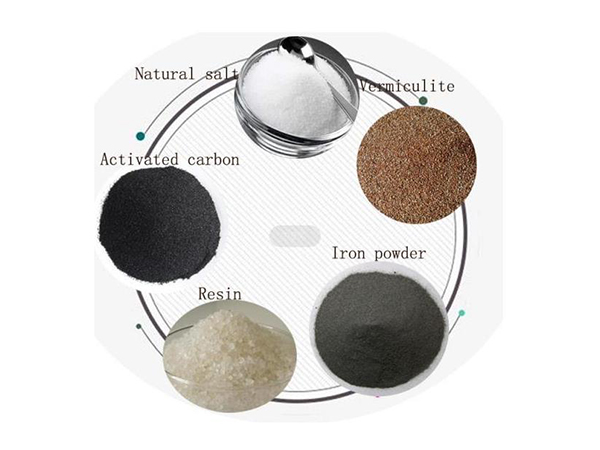 What are air-activated warmers made of?
What are air-activated warmers made of?
- Iron Powder
- Water
- Salt
- Activated Charcoal
- Vermiculite
How does an air-activated warmer work?
There is an intricate chemical process that takes place inside these bags. The process is oxidation, basically rusting.
As soon as oxygen hits these packs, the process begins. That’s why when you purchase them they are sealed.
This product is microporus, which means there are a bunch of tiny tiny holes. This allows the oxygen to seep in and activate what is inside.
Once the oxygen gets to work the ingredients inside essentially create rust and that rust gives off heat.
What does the inside of an air-activated warmer look like?
You should not try this at home! However, we wanted to dissect the insides in a safe lab with an expert.
At first glance, it looks like a pile of dirt! To recap, the pile of “dirt” is iron powder, salt, activated charcoal, vermiculite and water.
So what happens when you cut open an air-activated warmer?
There are no sparks or crazy obvious chemical reactions but the surface that the concoction is on slowly becomes warm. We spilled it onto a white paper and we also noticed the paper absorbing some of the water that is within the solution. Orbax was able to point out some very small “whiteish” flecks which he said were vermiculite.
How long will an air-activated warmer create heat?
Some vary by brand, but usually about 8-12 hours. At best up to 120 hours.
Why does an air-activated warmer stop working?
Air-activated warmers stop generating heat for the simple reason that they run out! Once all the iron powder has rusted, or more likely, once all the water and salt have been used up in the oxidizing process, the air-activated warmers simply stop generating heat and eventually cool down
Post time: Nov-12-2020

